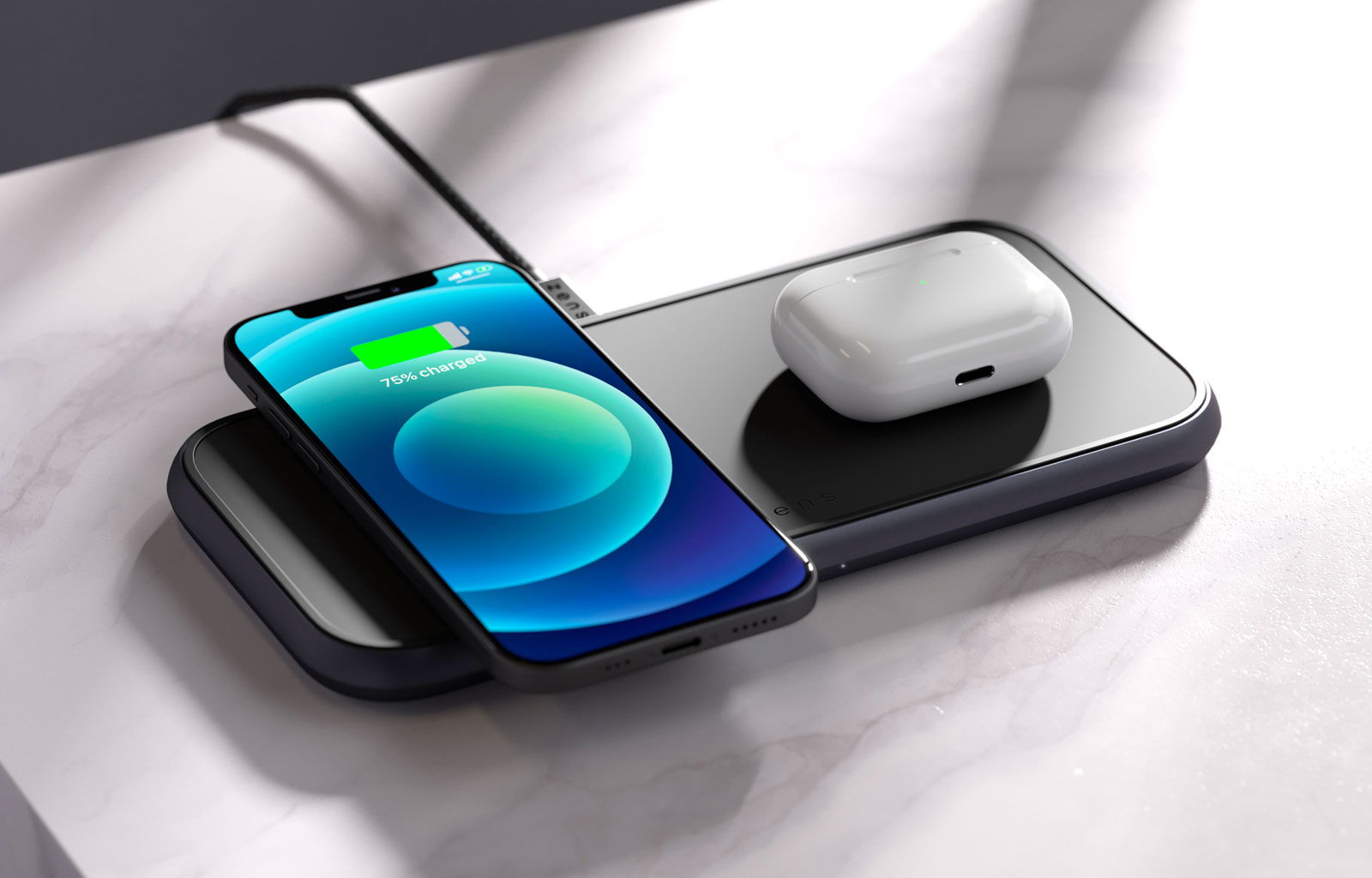Wireless Charging: Revolutionizing Smart Homes

Strong 8k brings an ultra-HD IPTV experience to your living room and your pocket.
Introduction:
In the era of smart technology, the integration of wireless charging into smart homes is transforming how we power our devices. Wireless charging, a technology that eliminates the need for physical connectors, offers convenience and efficiency, allowing users to charge multiple devices simultaneously. In this article, we’ll explore how wireless charging is being incorporated into smart home devices and furniture, enhancing the user experience and promoting a seamless lifestyle.
Understanding Wireless Charging Technology
Wireless charging, also known as inductive charging, uses electromagnetic fields to transfer energy between two objects. The basic components include:
1. Transmitter: The charging pad or station that generates the electromagnetic field.
2. Receiver: The device that receives the energy and converts it into electrical current.
This technology is commonly based on the Qi standard, which is widely adopted for smartphones, tablets, and other portable devices. The advantages of wireless charging include reduced wear and tear on charging ports, the ability to charge multiple devices at once, and an overall tidier charging experience.
Wireless Charging in Smart Homes
As smart homes continue to gain popularity, the integration of wireless charging solutions has become essential. From charging pads embedded in furniture to smart appliances, wireless charging is making life easier and more efficient. Let’s delve into the different ways wireless charging is being utilized in smart homes.
1. Wireless Charging Furniture
Charging Tables and Desks
Innovative furniture design has brought wireless charging into our living and working spaces. Many modern tables and desks now feature built-in charging pads. This design allows users to charge their smartphones and tablets simply by placing them on the surface of the furniture.
Benefits:
• Convenience: No need to hunt for cables or outlets.
• Aesthetic Appeal: Eliminates unsightly cords, creating a cleaner look.
• Space Saving: Ideal for smaller homes where outlet access is limited.
Examples: Brands like IKEA and other furniture manufacturers are now producing coffee tables, end tables, and office desks with integrated charging pads, making it easy to keep devices powered up throughout the day.
2. Smart Lighting Solutions
Lamps with Charging Capabilities
Smart lamps equipped with wireless charging features are another exciting development. These lamps not only provide illumination but also serve as charging stations for smartphones and other devices.
Benefits:
• Multi-functionality: Combines lighting with charging, reducing clutter.
• Smart Features: Many of these lamps include smart technology that allows for remote control and customization via smartphone apps.
Examples: Companies like Philips Hue and Logitech have developed smart lamps that integrate wireless charging capabilities, providing a versatile solution for home lighting and charging needs.
3. Kitchen Appliances
Smart Kitchen Solutions
Wireless charging is also making its way into the kitchen. Smart appliances such as coffee makers and kitchen islands are now being designed with built-in charging pads.
Benefits:
• Centralized Charging: Offers a dedicated space for charging devices while cooking or entertaining.
• Enhanced Functionality: Some kitchen appliances can sync with mobile apps, allowing users to control them remotely while charging their devices.
Examples: Smart kitchen islands with integrated wireless charging pads are becoming increasingly popular, providing a stylish and functional solution for modern cooking spaces.
4. Charging Stations in Smart Homes
Dedicated Charging Hubs
While wireless charging pads in furniture and appliances are innovative, dedicated charging stations are also essential for any smart home. These hubs can charge multiple devices at once, making them perfect for families or tech-savvy individuals with numerous gadgets.
Benefits:
• Centralized Location: Keeps all charging needs in one place, reducing clutter.
• Fast Charging Options: Many hubs offer fast charging capabilities for supported devices.
Examples: Brands like Anker and Belkin offer dedicated wireless charging stations that can charge multiple smartphones, tablets, and wearables simultaneously, ensuring that your family’s devices are always ready to go.
5. Integration with Smart Home Systems
Seamless Connectivity
Wireless charging is becoming an integral part of smart home ecosystems. Many smart home systems allow for seamless connectivity between devices, enabling users to monitor and control charging stations through their smartphones or voice-activated assistants.
Benefits:
• Smart Monitoring: Users can check battery levels and charging status remotely.
• Energy Management: Some systems optimize energy usage, charging devices during off-peak hours to save on electricity costs.
Examples: Platforms like Google Home and Amazon Alexa can be integrated with smart charging devices, allowing for easy voice commands to control various aspects of your smart home, including charging stations.
6. Wireless Charging for Wearables
Smart Wearable Devices
The rise of smartwatches and fitness trackers has also led to the need for efficient charging solutions. Many smart wearables now support wireless charging, allowing users to charge their devices without dealing with small, easily misplaced charging cables.
Benefits:
• Ease of Use: Simply place the device on the charger to start charging.
• Compatibility: Many wearables are designed to work with standard wireless charging pads.
Examples: Popular smartwatches like the Apple Watch and Samsung Galaxy Watch utilize wireless charging technology, making it simple for users to keep their devices powered without the hassle of cords.
7. The Future of Wireless Charging in Smart Homes
As technology continues to evolve, the future of wireless charging in smart homes looks promising. Innovations such as longer-range wireless charging and the potential for charging devices while in motion are on the horizon.
Future Trends:
• Longer Range Charging: Researchers are exploring ways to extend the range of wireless charging, allowing devices to charge from a greater distance.
• Integration with Renewable Energy: Future wireless charging solutions may be designed to work with solar panels, enabling eco-friendly charging options for smart homes.
Conclusion
Wireless charging is rapidly becoming a staple in smart homes, offering convenience, efficiency, and a more organized living space. From furniture with built-in charging pads to smart appliances and dedicated charging hubs, the integration of this technology enhances the overall smart home experience.
See the full article: https://www.nextmsc.com/blogs/wireless-charging-market-trends
Note: IndiBlogHub features both user-submitted and editorial content. We do not verify third-party contributions. Read our Disclaimer and Privacy Policyfor details.


